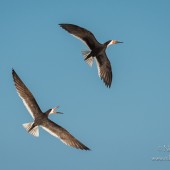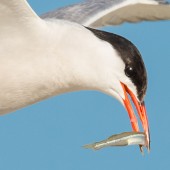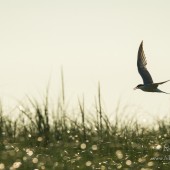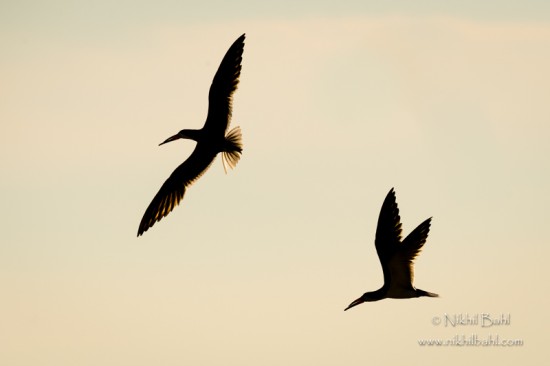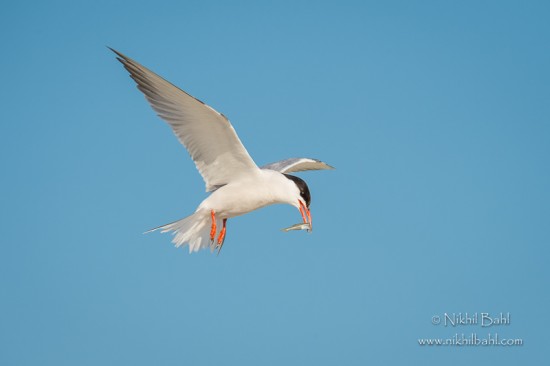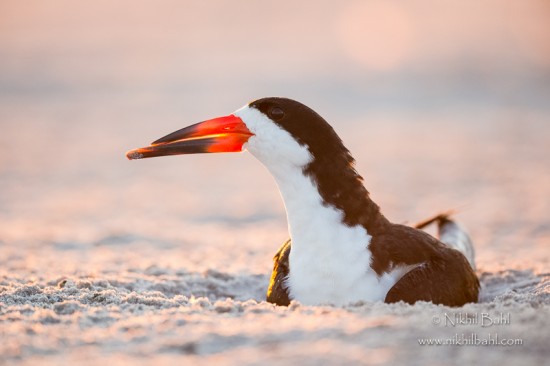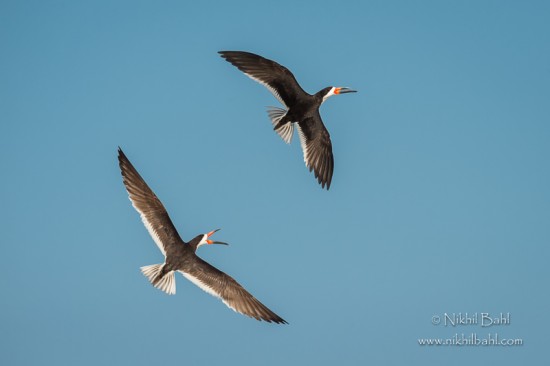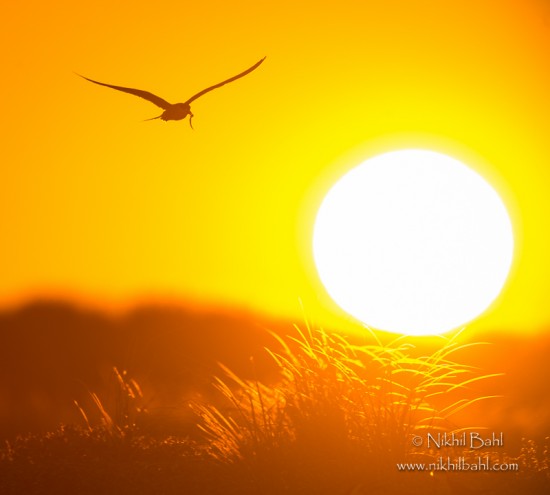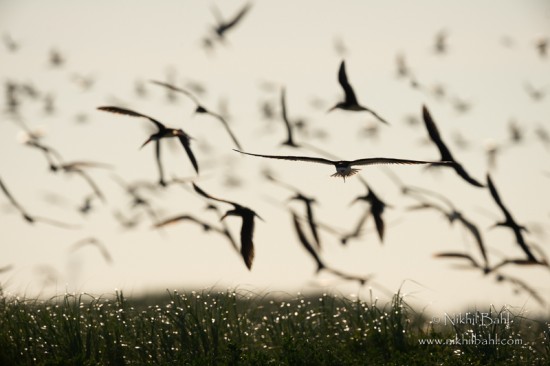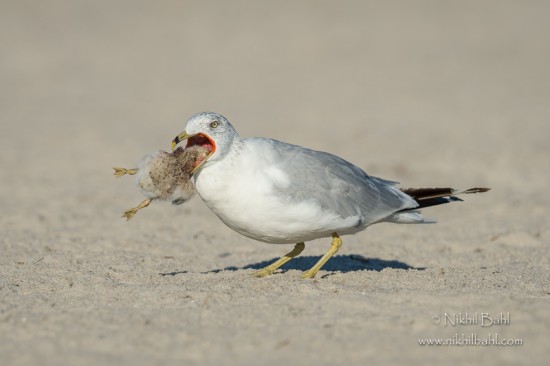This Nikon AF-S 600mm f/4E FL ED VR lens review is by Nikhil Bahl (website | Facebook | Google | Twitter):
In 2011 Canon released the lighter versions of their 500mm and 600mm lenses. At that time, I owned Nikon’s very first AF-S 600mm f/4 version which weighed in at 14.5 lbs, on my scale. Safe to say, I didn’t do much hiking with it and was very envious of Canon’s new offerings. About 4 years later, Nikon has released the new 600mm f/4E FL ED VR and 500mm f/4E FL ED VR Lenses. After reading all the specs, it took me only 2 days to order the new 600mm lens. Weight was the biggest factor, but I have been pleasantly surprised by other improvements.
This review is based on my tests at home and over 10,000 images made in the field. The lens was primarily used with a Nikon D4 camera body and some tests were done with the D810 camera body to see how well the lens performed with a high resolution sensor. I have given the lens a good workout in different conditions and the following are my thoughts on various aspects of the lens.
Build
Definitely a pro build. At that price tag I would expect nothing less. Feels robust!
Sharpness
As one would expect, the lens is very sharp! Since I am still trying to sell the previous VR version of the lens (Nikon AF-S 600mm f/4G ED VR), I did some side-by-side testing at home. When used wide open at f/4, the sharpness extends further to the edges. While it is not tack sharp at the edges, the sweet spot of sharpness is larger than the preceding version of the lens. Most of the time I tend to stop down one or two stops for a little more depth of field. Although, it is nice to know that there is not a big compromise if the need to shoot wide open arises. The aperture range for the sharpest images is f/5.6-f/11. When checking sharpness, I did notice that chromatic aberration is better controlled in the new 600mm.
Auto Focus
The fastest auto focus lens I have used! Yet again, I tested the AF performance against the Nikon AF-S 600mm f/4G ED VR lens. The test was simple: first I focused close to about 20 feet and then focused around 100 yards away, while paying careful attention to how fast each lens focused. I did this repeatedly with one lens and then the other. Every time, the new 600mm focused just a little faster than the previous version. The difference in focus speed was distinct enough for me to come to this conclusion. I then repeated the same test with a 1.4x teleconverter mounted on the lenses, but it was very hard to tell the difference in the focus speeds.
In the field, I used the lens with and without the teleconverter. Photographing from 30 minutes prior to sunrise to bright sunlight, the autofocus outperformed any lens I have previously used. In low light/low contrast situations the lens did miss focus or search a few times. This is pretty normal, as when there is hardly any contrast AF can be a problem. Once the light came up, it never missed a beat. Before sunrise and after sunset I chose to leave the teleconverter off and the performance was excellent. From low light to back light, the lens seemed to have very fast autofocus. Keeping the focus limiter on the 10m-infinity setting further improved the performance, especially in low light.
Initial focus acquisition is very fast and with the D4 the lens gave me a very high percentage of sharp images even when photographing fast action, like birds fighting in the air or flying towards the camera. Looking at the images from the very first day of photography with the lens, was enough to earn my trust. There were few occasions that the lens didn’t acquire focus fast enough or couldn’t keep up with the bird/s as they flew too close to me. All images were not tack sharp, but this is to be expected when photographing fast action. A lot of the times the person behind the lens cannot react fast enough to keep up.
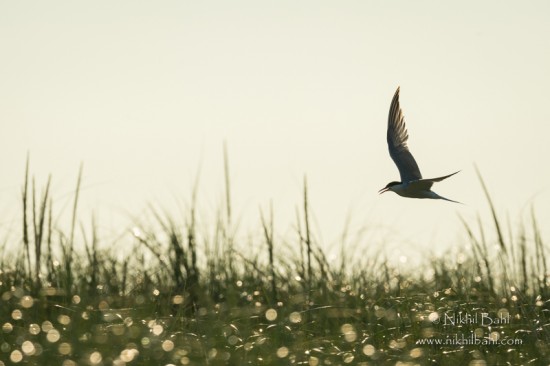
Note how the out of focus elements (bokeh) have a pleasant look. Tech specs: 600mm, 1.4x teleconverter, iso 800, f/8, 1/ 3200 sec.
Flare/Hood
In my opinion, the hood is greatly improved. It is no longer the cumbersome two part hood. The single hood is deep and keeps extraneous light from reducing contrast in the images in most circumstances. The groove on the lens is a little deeper which keeps the hood in place even if it is not tightly secured. It is small but nice improvement.
When photographing backlit subjects or in the general direction of the sun there is a need to be careful. If the sun is just outside the field of view, the hood may not keep all extraneous light off the front of the lens. With the sun in the photograph there was some reduction in contrast (to be expected) but I didn’t see photos with bothersome flare in the shape of the aperture opening.
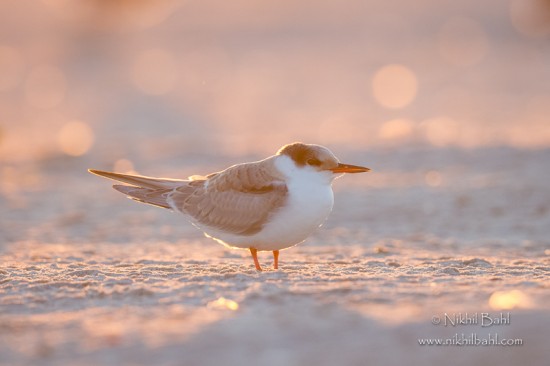
This image was not processed so the reduction in contrast is visible. Tech specs: 600mm, 1.4x teleconverter, iso 2200, f/6.3, 1/800 sec.
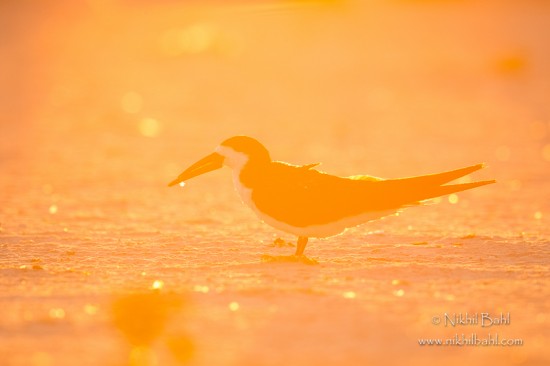
This image was not processed so the reduction in contrast is visible. Tech specs: 600mm, 1.4x teleconverter, iso 1800, f/6.3, 1/1000 sec.
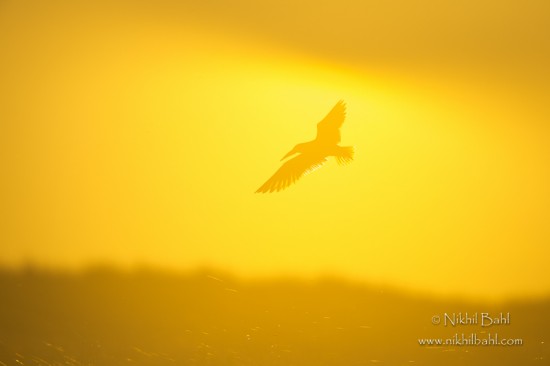
This image was not processed so the effect of the hood only partially eliminating the flare (dark area on top right) is clearly visible. Tech specs: 600mm, 1.4x teleconverter, iso 280, f/8, 1/1000 sec.
Tripod Collar and Foot
The tripod collar is twice as thick compared to the previous 600mm lens and very smooth when rotating. It would be nice if it had 90-degree click stops to quickly switch from horizontal to vertical orientation without having to look at the marks on the lens. The foot has a lower profile than the previous versions of the lens and also angles away from the camera.
The balance of the lens is very different compared to its predecessor. I find it easier to mount and unmount the lens on the Wimberly tripod head. This is probably due to a better distribution of weight and not being as front heavy.
Another nice improvement is the rubber grip on the top of the foot. When carrying the lens (holding it by the foot), the rubber grip is more comfortable and makes it less likely to slip out of your hands. Nobody wants that to happen!
Vibration Reduction
The VR definitely works well when using relatively slow shutter speeds. I had no trouble making sharp images of a static bird at 1/100 sec, with good technique and VR on. I did not test the VR with slower shutter speeds. When using the 600mm, I generally leave VR on at any shutter speed slower than 1/800 sec.
The VR was also very useful in stabilizing video taken with the 600mm in windy conditions.
The lens has normal and sport VR modes. Normal mode works best for most shooting purposes. If the subject is moving very erratically or you are shooting from an unstable platform, the sport version will work better.
Weight
The lens weighs 8.4 lbs (without the hood). Almost 3 lbs lighter than its predecessor, the new 600mm is so much easier to travel with, carry and handhold. That is right! I can actually handhold the lens. I am not a big guy but hand holding the lens is not a problem for short periods of time. Hand holding the previous version of the 600mm lens was hard for longer than 10-15 seconds. Also, by kneeling down and placing my elbow on the thigh/knee I can hand hold for longer periods.
When I spotted the ring-billed gull attempting to eat the chick I was on a tripod working on flight shots. I immediately removed the lens from the tripod and chose to hand hold the lens so I could get lower without spending any time adjusting the tripod. I left the VR off since my shutter speed was set to 1/2000 sec.
Versatility
Many photographers say the 500mm is more versatile than the 600mm. I feel a lot of that might have had to do with the weight. In a lot of situations you can back up but I have come across more situations where it is not possible to get closer. Now that weight is less of an issue, given the choice between a 600mm and a 500mm, I would always choose the 600mm. With teleconverters I can always extend the reach a little more. Please note: I photograph with a camera that has a full frame sensor. Photographers who use a crop sensor camera body may has a slightly different perspective on this. It also depends on what one photographs. Since I photograph a lot of birds, the 600mm works better for me.
Other observations
The hard case it comes with is a little more discreet and doesn’t have Nikon plastered all over it.
Minimum focus distance is 14.4 feet. Previous version focused down to 15.7 feet. This could be useful in some situations. For example: getting more magnification on small birds.
Compared to Other Options
The only other (600mm) option that can come close to matching this lens, is its predecessor. The Tamron or Sigma 150-600mm do not come close to the sharpness or AF performance of the new Nikon 600mm lens. They are essentially “compromise” lenses that are good for people starting out, those with budget concerns and others who may have issues carrying the weight of an exotic telephoto.
Sigma does have the 300-800mm lens, but I have never tested that lens. With a large zoom range and weighing in at 13 lbs, it’s almost a different tool.
Price/Should you upgrade
600mm f/4 lenses have always been a specialty. People just don’t go out and buy them at the spur of the moment. It is a tool for a discerning photographer that is looking for the best overall performance from a long lens. I have no hesitation in saying that is what you will get.
If you are in the market for a 600mm, the previous version of the lens is worth looking at. There are small improvements but the two main improvements are the weight and autofocus performance. A used 600mm VR (previous version) can be purchased for around $7500 in good condition and $9500 brand new. Is it worth paying more for the improvements? That really depends on the individual. The weight itself was enough to sway me. That is only because I tend to get away from the car and sometimes hike 2-6 miles with the 600mm. People who shoot close to the car may not be swayed by the weight of the lens. If money is not an issue then get the new lens. Otherwise, you really need to weigh (pun intended) your options.
This review first originated here and is published with permission. If you have an interesting idea for a guest post, you can contact me here.
